In Session Four, the participants had been assigned to go to the home of a friend, research it, take photos and write an article on it. On day five, the writers brought their writing to the sessions and shared their pieces. Some had covered the home of the friend in a question-answer format, while some had written in the form of an article very close to journalistic practice. The perspective was that of half insider, half outsider, a balance between being a friend belonging to the same neighbourhood, as well as a journalist. The stories follow in English translations. All photographs were taken by the journalists themselves on a Nikon SLR with black and white film.
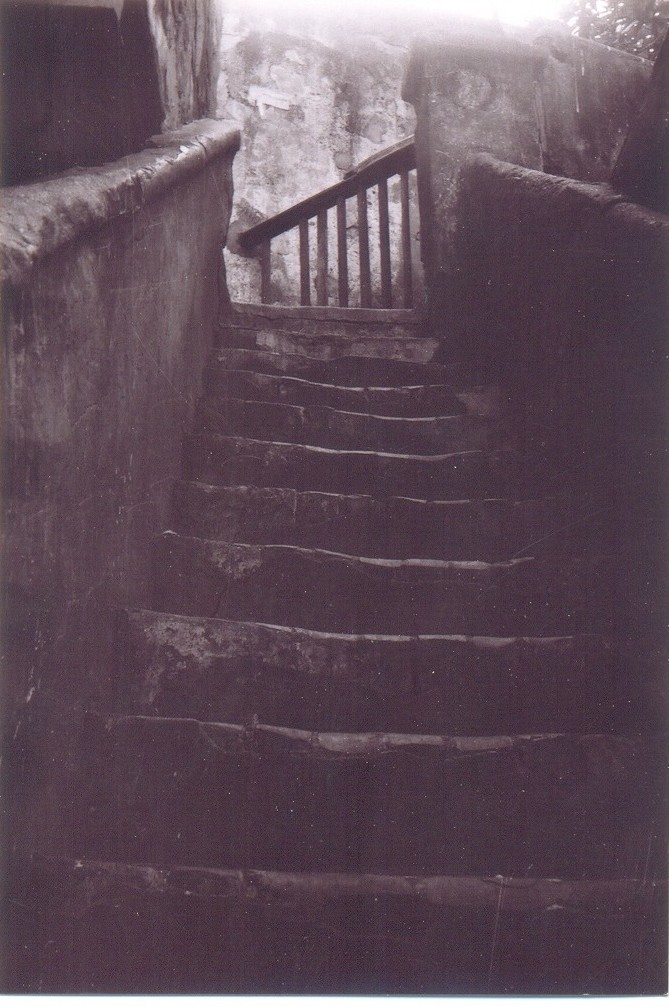 Their home is four storeys high. The steps are small. It is deserted in the mornings. The smell of garbage. In the afternoons, the smell of cooking comes from all the rooms. In the early afternoon, the sound of people squabbling. All of their rooms are smallish; they have trouble sleeping. He thinks if their rooms were a little bigger, it would have been nice. The house is built of cement, sand and brick. There is a banyan tree in their home. The house is quite old. This means, if the tree is cut down, their house may fall down too. The banyan tree is good for the summertime because a wind blows, and there is shade. In the winter it is not good since the sunlight does not fall properly and there is no wind. Trees are always beneficial for us because they give us oxygen.
Their home is four storeys high. The steps are small. It is deserted in the mornings. The smell of garbage. In the afternoons, the smell of cooking comes from all the rooms. In the early afternoon, the sound of people squabbling. All of their rooms are smallish; they have trouble sleeping. He thinks if their rooms were a little bigger, it would have been nice. The house is built of cement, sand and brick. There is a banyan tree in their home. The house is quite old. This means, if the tree is cut down, their house may fall down too. The banyan tree is good for the summertime because a wind blows, and there is shade. In the winter it is not good since the sunlight does not fall properly and there is no wind. Trees are always beneficial for us because they give us oxygen.
Their room is very small. If a couple of guests come, they can sit in the room. If there are more, they have to be seated on the rooftop. They will sleep outside and let the guests sleep in the room. There is no temple in their house. Birds fly about in their room. There are pictures of gods in their
room.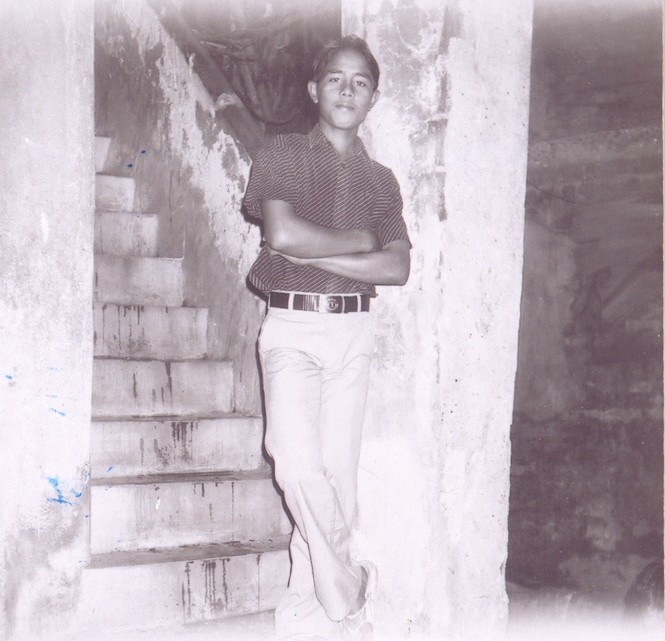 He really likes the staircase, because, if he ever feels sadness in his heart, he goes and sits on the steps and feels lighter.
He really likes the staircase, because, if he ever feels sadness in his heart, he goes and sits on the steps and feels lighter.
He has friends but he does not tell them anything. He just sits on the steps. He wants to change the rooms because they are very small and they have difficulty managing to sleep there. Their rooftop is small too. The place where the tap is set into the wall feels cold, so do the floors. The place where the cooking happens is a little larger.
He desires to grow in life, study more and become a worthy human being. He also desires to bring up his two brothers to become good human beings. He will stand beside his parents when he grows up. He will look after them as much as he can. There is a bathroom in the ground floor of their home. A bad odour comes out from there. He wants the bathroom to be cleaned, but since nobody says anything, he also doesn’t say anything. He thinks, since everyone else does not smell anything bad, then he can do nothing even if he smells it. He has to live with it. If he was able to, he would have had the bathroom cleaned. He hopes never to do anything sinful in his life. The path he treads should never be the path of sin. None of his days go well because his home is so small; he always has to sit on the steps.
An Interview on Salman's Home
by Puja
What can be seen immediately on entering your home?
Immediately on entering the home, the drinking water tap can be seen.
What smell do you get at first? At first, you’ll get the smell of chullu in my house.
What sound do you get on entering the house? On entering the house, I hear the sound of quarreling.
What is your favorite thing in your house? In my house, my most favorite thing is my pillow.
What is your house made of? It is made of brick, cement, sand, iron and stone.
What is the history of your house? Earlier our house was much better. Slowly slowly it’s becoming dirty. Previously the residents were good, nowadays they are becoming jealous.
What image do you remember? I remember a scene of football playing.
I saw the meter box immediately on entering Robi’s home. The bathroom, a staircase just beside that. I could smell food cooking. I could hear the sounds of people, children yelling. I touched the flowers on the tree there. Robi’s mother’s name is Shefali Mondol. She does household work. They are living in this house for 18 years. They are surrounded by relatives like uncles and aunties, cousin, grandfather.
How do those who live at home spend their day? Elder uncle and father do electric work, and elder aunt is an ayah at Medical College Hospital. Apart from this, more or less everyone does household work, also going out for work sometimes.
How many people at home? In their room itself, three people live, whereas in the house there are forty people in all.
What is the house made of? The house is made of cement and sand.
Tania Mondol’s Home
by Joytsna
Tania Mondol’s home is inside a gali (an alley) on Madan Dutta Lane. The alley appears clean and quiet. On entering there house, I noticed a deserted alley with only a couple moving about. I saw Tania’s elder aunt cooking and her grandma sleeping. Her mother was sitting. I smelt egg frying and spice paste being cooked. I felt the coldness of the wind blowing and heard the sound of the khunti (cooking handle) moving about in the kadai (cooking utensil).
There are seven people in their home – Tania’s parents, brother, elder aunt and uncle and grandmother. Tania’s mother, elder aunt and grandma do the cooking, fetch in water, wash utensils as well as clothes. Her father and elder uncle work outside. Her brother plays at home, while Tania goes to school. The house is made of cement, sand, brick, iron rods and bamboo.
Tania likes the Narayan temple in her home, as the god there is known to be very alive and the temple is small but beautiful. What she doesn’t like about their home is the scarcity of water. Water hardly comes in. Even when it comes in, it stays for a very short period. An old fact about their home is that, in older days, when their home was built of earth, a lot of quarrelling used to happen between the members of the family. When it was changed to cement, then the quarrelling also lessened. The atmosphere is good now, and the ones who live there now live well.
Jyotsna’s Home
by Robi
What do you see on entering their home? You come upon a mirror directly on entering the home.
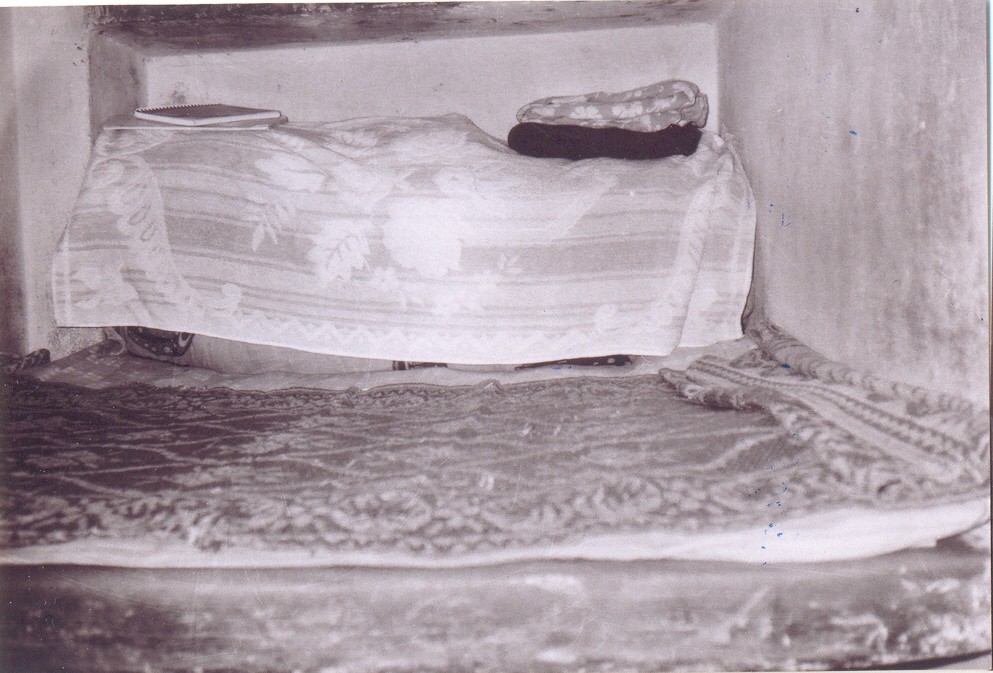
What smells do you get there? I can smell acid here.
What sounds? Here I can hear people conversing.
What do you like in your home? My bed.
What is your home made of? Sand, cement.
Who are the people living in your home and what do they do? Mother, father, brother, elder sister. Mother works in a hospital, father has his tea stall. Brother and I go to school while elder sister stays at home.
What is an old fact about your home? Earlier our house was earthen, and dogs lived here. Thereafter the earthen house was broken down and a cement home was built, and we started to live here. There is a temple in our house, and a banyan tree has taken root inside that.
Pinky Lal’s Home
by Supriya
Their landlord is very good. His name is Sambhu Sen. Their house id 4 storeys high. The stairs are very dark. In the part where there is the tap, you can always hear the sound of buckets. The sound of quarrels also, sometimes. People of three different kinds of origin live in their home – Oriya, Hindustani and Bangali. You get the smell of smoke here both in the morning and in the evening. In the 4th storey, only four rooms are big while the rest are small. Otherwise, the rest of the rooms in all the other storeys are on the smaller side. Despite the small size of the rooms, they don’t face any problem. Their home is made of sand and cement.
They are three people in their immediate family- her parents and Pinky. Because of the poverty in the family, her mother works as a domestic help in people’s homes. Her father works with sand, cement and colours. But now their days are going by in a much better way. She wants to study more. She also wants to learn the computer. She wants to be there for her parents when she grows up. She wants to look after them according to her capability. She wants to stand on her own feet, she doesn’t want to marry.
The roof on top of the fourth storey is a favorite place of hers. If she is sad for any reason, she feels lighter when she goes up and spends time on the roof. She doesn’t like the steps in her home, since they are very muddy and are only cleaned when some programme is coming up at home, never otherwise. In the night time, it feels like a haunted house. There is a big Jagannath temple in their house. There are also four shishu trees in her home. There are five toilets in their home. There are only two tiled rooms in their house; all the other rooms have tin roofs. The verandah outside the rooms is like another room by itself. There is a separate place where all their utensils are stored.
Anjali's Home
by Rahul
For the last 16-17 years, Anjali has been living with her family in the second storey of a house within the slum located close by Shakharitola Post office on Shoshibhushan Dey Street. There are 6 members in her family—her father, mother, three brothers and herself. Anjali’s home doesn’t really live up to what she would like it to be. Anjali dreams of a home with cement roofs and walls of brick, cement and concrete, with solid staircase leading up to the upper floor – but these have not come true. Anjali’s family and her home are not unknown to me. But I stumbled at every step when I tried to write an article about her home.
The main door has recently been repaired by the Kolkata Corporation, which has replaced the wooden structure with one made of iron. The door is green in colour. Crossing the door, there is a small room on the left, and adjacent to that, there are wooden stairs leading up to the upper floor. These look quite firm and solid, but while climbing up them they sway a lot. The floor upstairs looks rather roughly put together, broken at places, and going up and down randomly. In the second floor, a total of four families live, including Anjali’s. All the rooms are small-ish, made of tin and tiles.
All three brothers work, they are not at home all day. Her parents are both working. Anjali’s room is small, about 12 or 10 feet, but neat and clean and tasteful. What does the room not contain! There is bed, small showcase, TV, music system—and once you sit on the floor you can see various cooking utensils neatly stacked. The bed has been raised up using four-five bricks. The room has been divided into two parts—space is very limited yet very well done up. Anjali’s room is light sky blue. The roof tiles are covered with a plastic sunshade. One of the advantages of this is that no electric lights need to be used during the day. Also, because of this, the room remains quite bright. The cd player was on at low volume. The odour of kerosene coming from the recently turned down stove seemed to bring down the temperature all the more in the already cool room.
Anjali is now a student of standard twelve, due to appear for her Higher Secondary exams. She is quite a bright student at Victoria Institution School. She dreams of standing on her own feet when she grows up. The school she used to attend before being a morning school, Anjali had to get up early. But now this school starts later, and so she gets up in the morning only at 8.She freshens up, has tiffin, and then sits down to study according to routine. School is at 11, it gets over at 4.30, when she returns home, only to attend coaching classes from 5 onwards. She returns home at 8, has tiffin, watches TV, does her studies too. This is the same routine for her, be it summer, monsoon or winter.
On holidays, she leaves this tin cage of hers and goes off to her country home with her family. Anjali is quite happy living with her family in this house with its tin walls, its tiled roof, its fragile staircase and its shared bathroom. Her most favorite thing in the house is her bookshelf, which she loves dearly. But she is scared too. If suddenly one day the tiled roof and the tin walls collapse, how is she to save her most favorite possession? So she dreams of her own house with a firm, stable roof over her head.
Surojit’s homeBy Apurbo
What Surojit likes about his home
In his home, Surojit’s favorite place is the wall of his rooftop, which he has been seeing since childhood. However he does not go there all the time. Only when he gets some time off, he goes there in the evening and enjoys himself in solitude. The place looks quite old. The rain has left its marks on it. The dry smell of moss, the wind blowing freely, and the silence – all these make it a very romantic spot.
What Surojit does not like about his home
What Surojit dislikes the most about his home is the disorganized way in which they keep the water bucket here and there on the floor. Even though they own the place, no one has bothered to protest. Once you enter through the gate, the stairs are to the right. The place is small, and slippery with water. Accidents can happen any time. A kind of damp, rotting smell emanates from the place. The place is filled with water buckets. This creates a lot of problems for the people who live here, yet they compromise and stay on. Surojit also has to compromise.
Tapas’ homeBy Anjali
A good looking house is visible from a distance. There is a garden, there beautiful flowers are blooming. The trees are fruit laden. The house is painted light violet. The adjoining house is my friend Supriya’s. Her house is also beautiful, similar to mine. Robi and Sushmita also live nearby. We all go to the same school. We go and return by bus. After returning from school, we go to tution classes on our own transport. We do our studies and then play the remaining time. We do not have to do any other work…
Suddenly I hear mother saying, “Tapas, get up, it’ nearly 9.30. Don’t you have school?”
On awakening, I find myself in my bed. I realize that I’ve been dreaming all along. Mother tells me, “Your father and brothers have already gone out to work, and you’re still in bed!”
I freshen up then and all of us make our way to school. But not in our own car, on foot. On the way I keep on thinking about my dream. At school also I daydream about it all the time. But when I return home from school, down our gali, something moves inside me. The heart twists when I look at my actual home. Our home is three storeys high. We live on the rooftop. Brick walls, tin shade. In the walls, the bricks are crumbling away, the paint peeling from them. The house is not our own – it is rented. The house is quite old, nearly 80-90 years old. My father says that earlier there were jungles and fields here. This house is very different from the one I had seen in my dreams. Unlike the dream home, it does not have a garden, it does not have open spaces. Here the buildings have been clumsily built side by side; no air or light comes in. However, my room lets in air and light, since it is situated on the rooftop. There is a common bathroom just beside my room. The house is located in an old locality of
When I am thinking these things, a voice interrupts, “Tapas, go and fetch water.” On turning I come face to face with ma. I climb the dark stairs, up to my bedroom. After fetching water, I have some tiffin and then we all of us make our way to the tution class. After returning home, I have dinner. When I am about to go to bed, I think of only one thing, “Will my dream never come true?”

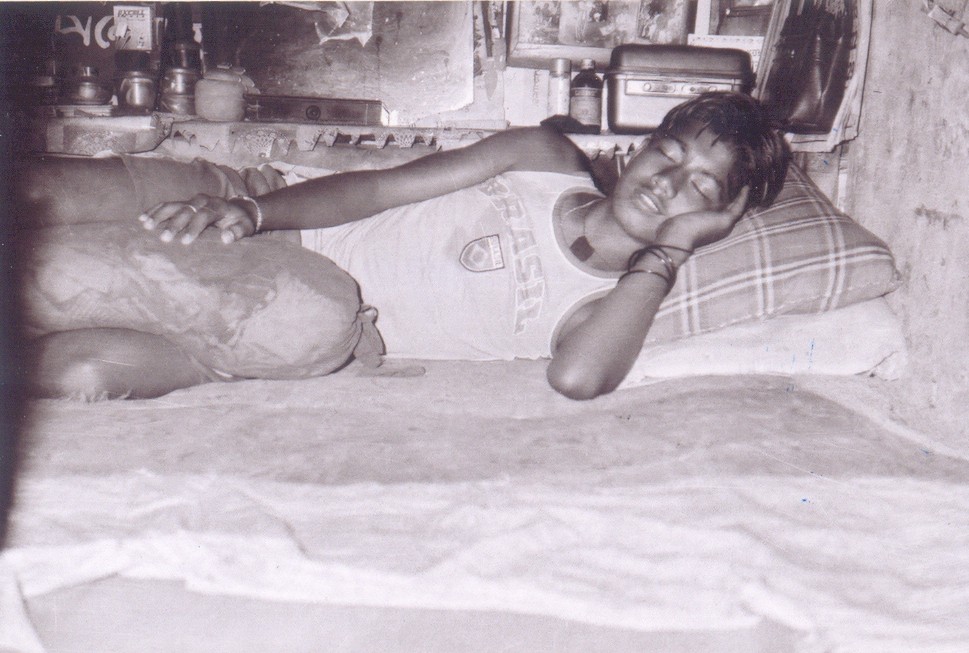
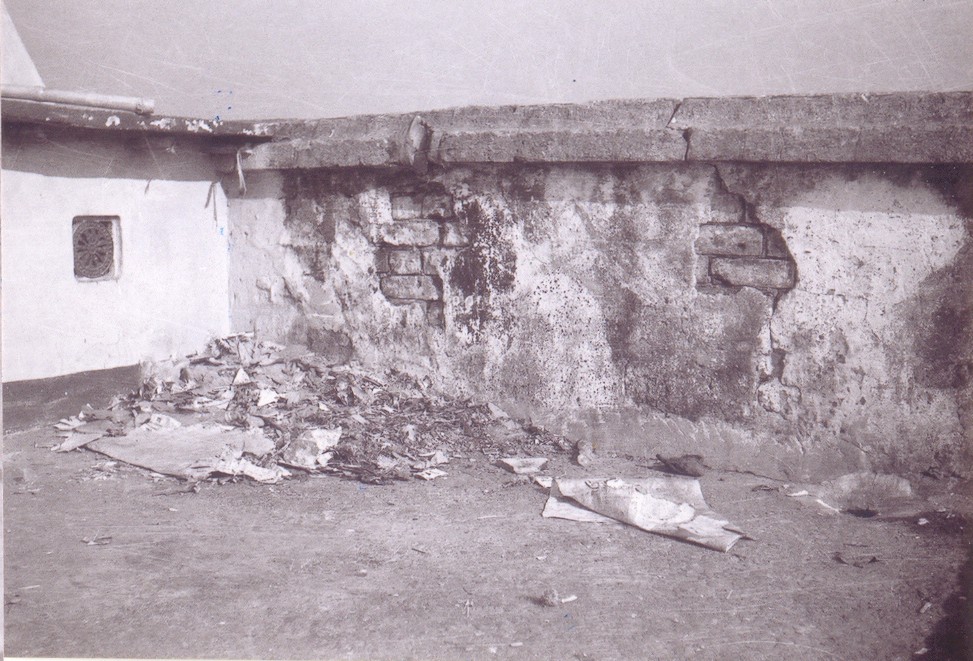
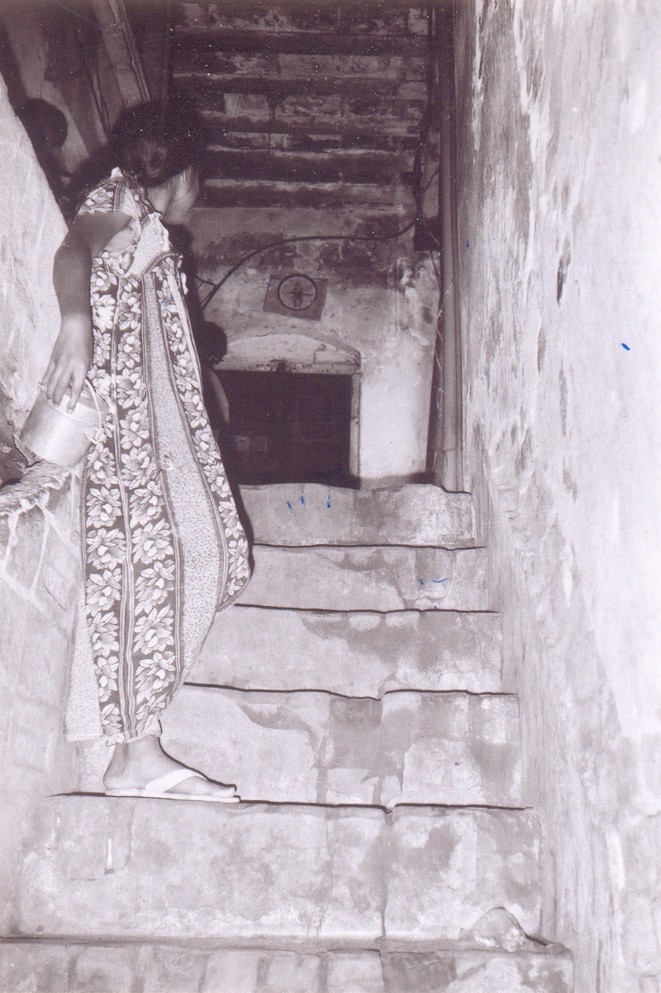
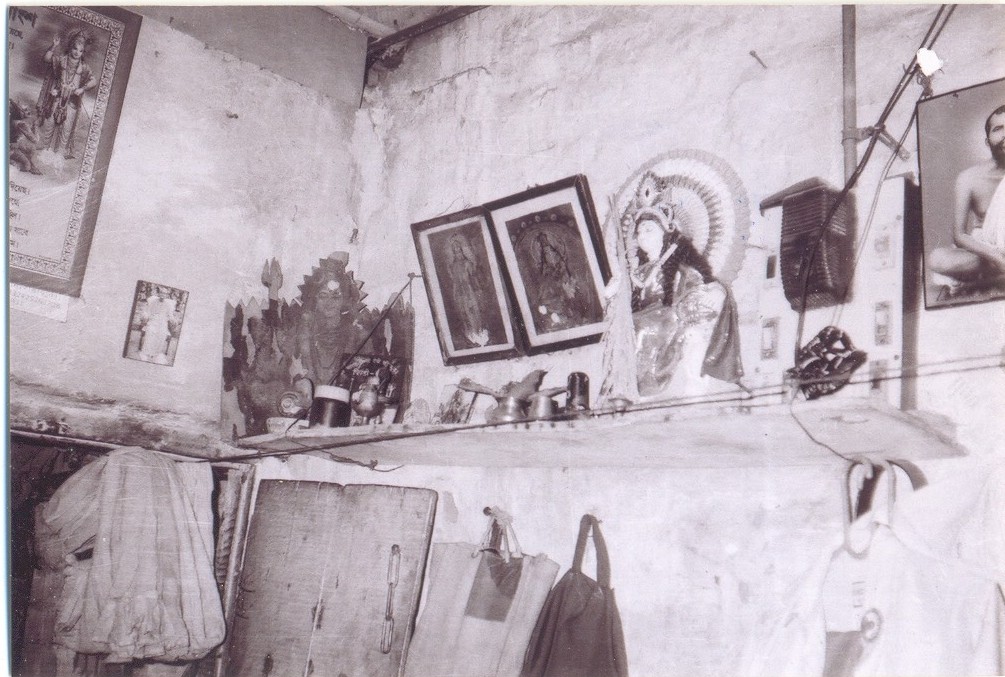
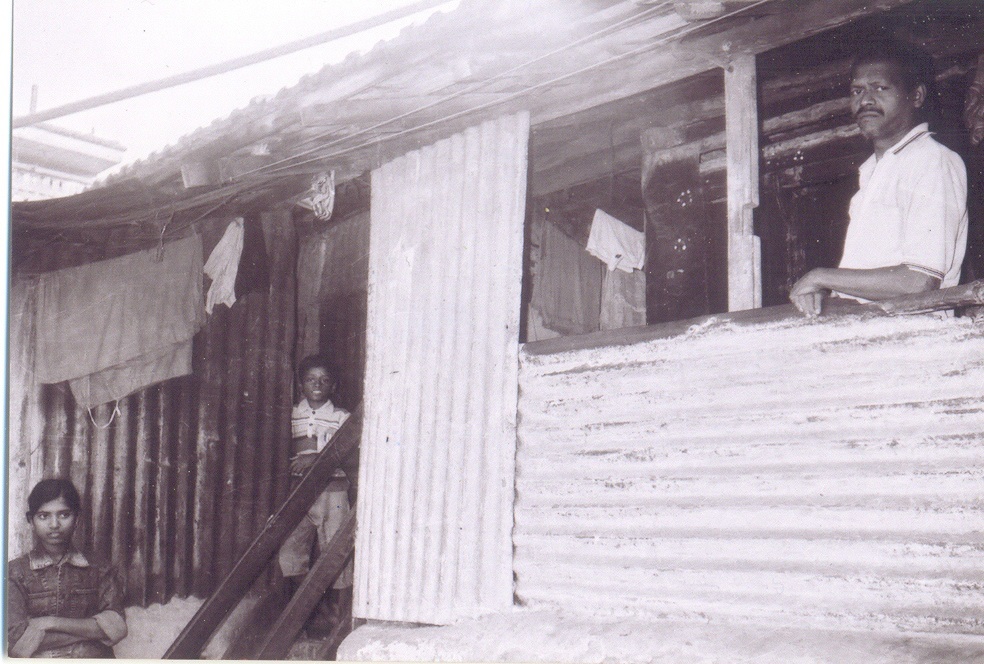
Pingback: Rising Voices » Budding citizen journalists learn about their neighborhoods
Pingback: Global Voices Online » Budding citizen journalists learn about their neighborhoods
Pingback: (fr) Le projet Neighbourhood Diaries